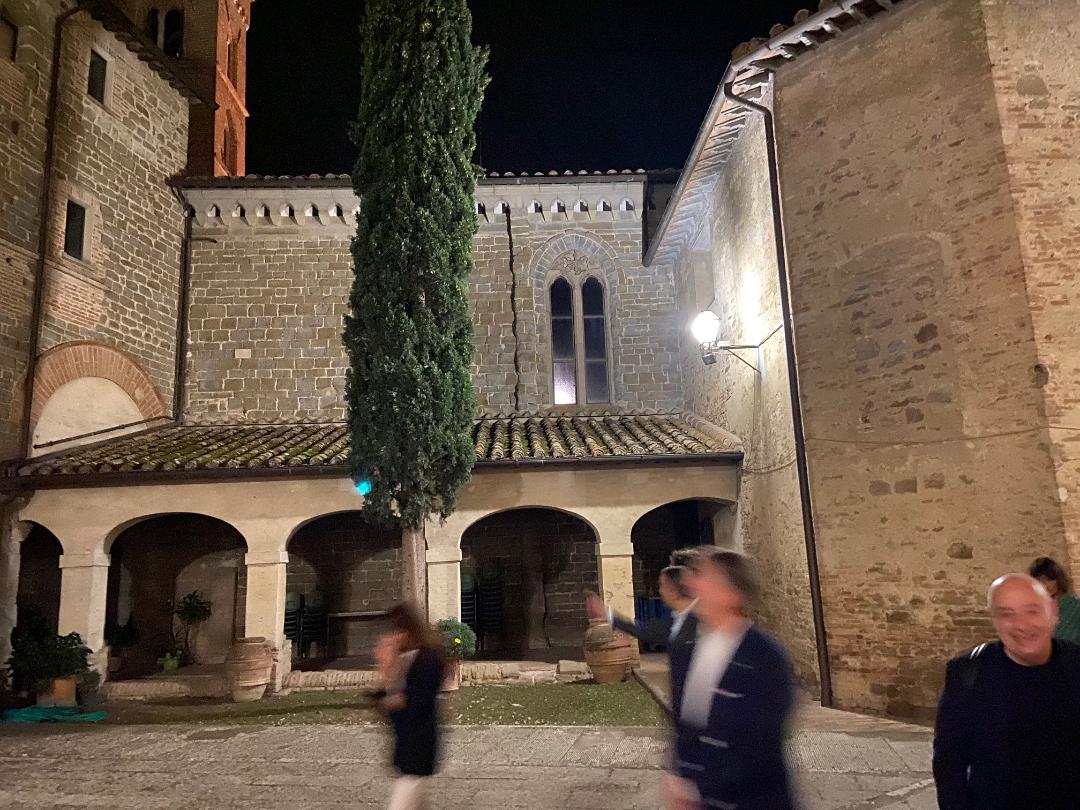The displays are arranged over fourteen rooms on three levels, and the areas for storage of ceramic materials are equipped for study activities.
The museum documents systematically local production from the Middle Ages to the twentieth century, in addition to an archaeological section, which provides an illustrative overview of the main production of antiquity in Italy and Greece. The section covering majolica luster is particularly interesting; this is a technique that made Deruta workshops particularly famous in the sixteenth century. The collection on the "compendiaria" production of the seventeenth century, characterized by decorative complexity and color, is noteworthy. Thematic sections are devoted to pharmacy ceramics, reassembled original furniture an old grocery, the sixteenth-century majolica flooring and the nucleus of votive plaques, often inspired by those of the nearby sanctuary of the Madonna dei Bagni.
What makes the museum unique is the storage collection housed in a metal tower of four floors communicating on all levels with the building of the former convent; it is a stately building, publicly accessible and properly equipped for study.
































.jpeg/c9dd1da1-9fd0-81c8-efa3-d9140647adaf?width=780)
 - Sala XII, Il vino come alimento_a (1).jpg/127a9e83-66f0-b810-fd51-ed68a62d2aae?width=780)

